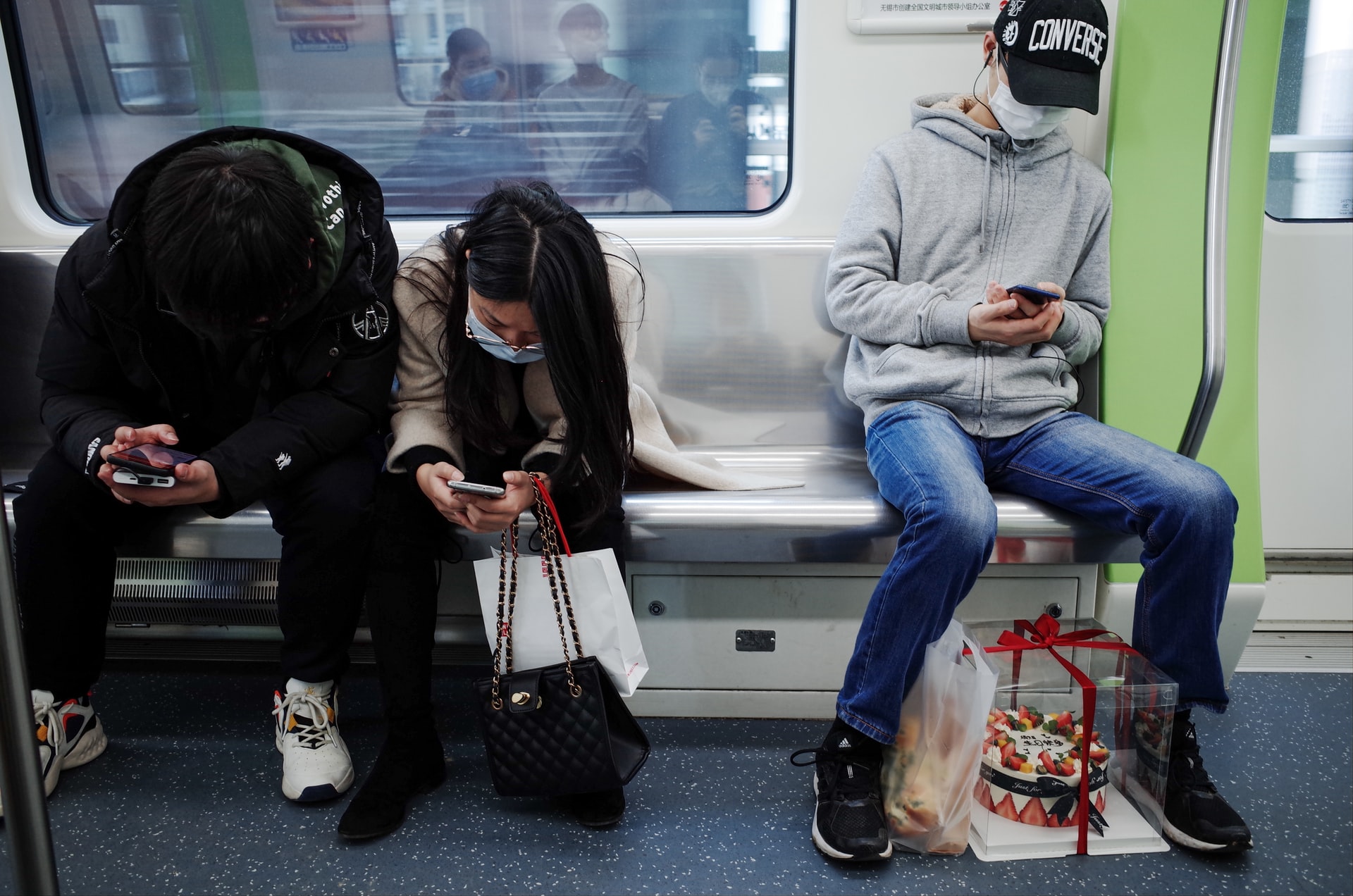The entire COVID-19 period has been incredibly challenging for everyone, pushing us to our economic and environmental limits. There is no doubt that the furlough scheme has helped save millions of job across the country. Currently, the UK’s unemployment rate is measuring at around 4.6%, which is far better than many experts initially predicted. However, this short term save has had an even more significant impact on long-term unemployment levels than many realised possible.
Changing Face of UK Business
Put simply, many businesses won’t be ready to bring all their staff back when furlough ends, no matter how much they want to.
This is because they haven’t yet recovered sufficiently to be operating at full capacity, or they are still suffering from the economic impact of the pandemic. For a substantial proportion of UK businesses it is not a feasible or viable option to take their staff back on. This means many who have been able to hold onto their jobs over the pandemic period, will now be at significant risk of unemployment.
In addition to this, many have had to pivot over the past 18 months in order to survive, and now don’t require the same resources. The modern way of working has changed forever, with digital and AI technologies accelerating across the board. For many employers, this means retraining existing staff, hiring new people that offer different skills sets, or simply employing fewer individuals.
Young People Hardest Hit
Many don’t realise that particular demographics of the workforce have been affected differently. As is often the case during times of economic uncertainty and downturn, young people are among the hardest hit.
In the last 12 months, one third of 18 to 24-year-olds have lost their job or been furloughed. In fact, young people are 125% more likely than the rest of society to have become unemployed since March 2020. Startling statistics!
Whilst the UK’s unemployment rate is at around 4.6%, youth unemployment is three times this. This is because millions of young people work in industries most affected by lockdown restrictions, such as hospitality, and this is likely to grow worse before it gets better. As the furlough scheme comes to an end, the relationship between COVID and unemployment amongst emerging talent will heighten.
Positive Long-Term Outlook
We are yet to fully understand or appreciate the true impact COVID-19 has has on the UK’s unemployment levels. We foresee things getting worse initially, when furlough ends, but the long-term outlook is wholly positive. The economy is bouncing back faster and stronger than many expected, with experts suggesting that employment rates will recover after the post-furlough dip.
With youth unemployment reaching almost 15%, recovery amongst this group will take a little bit longer. However, there are a number of innovative, Government-led response schemes in place, including the Kickstart Scheme. These programmes have been designed to support young people specifically after the issue of ‘mainstream unemployment’ ends.
Taking Action
Employers need to take action and be proactive in offering young people the support they need now more than ever in navigating their next career steps.
By taking action and supporting the hardest hit and most disadvantaged groups, employers can respond to the unemployment storm and help brilliant and diverse talent emerge on the other side with a job and progression prospects.
In Summary
The ending of furlough is likely to have an impact on many – particularly those from underrepresented groups. However, with a proactive response strategy from employers providing the necessary support, we are confident that a truly diverse, motivated and successful workforce can, and will be, created.









